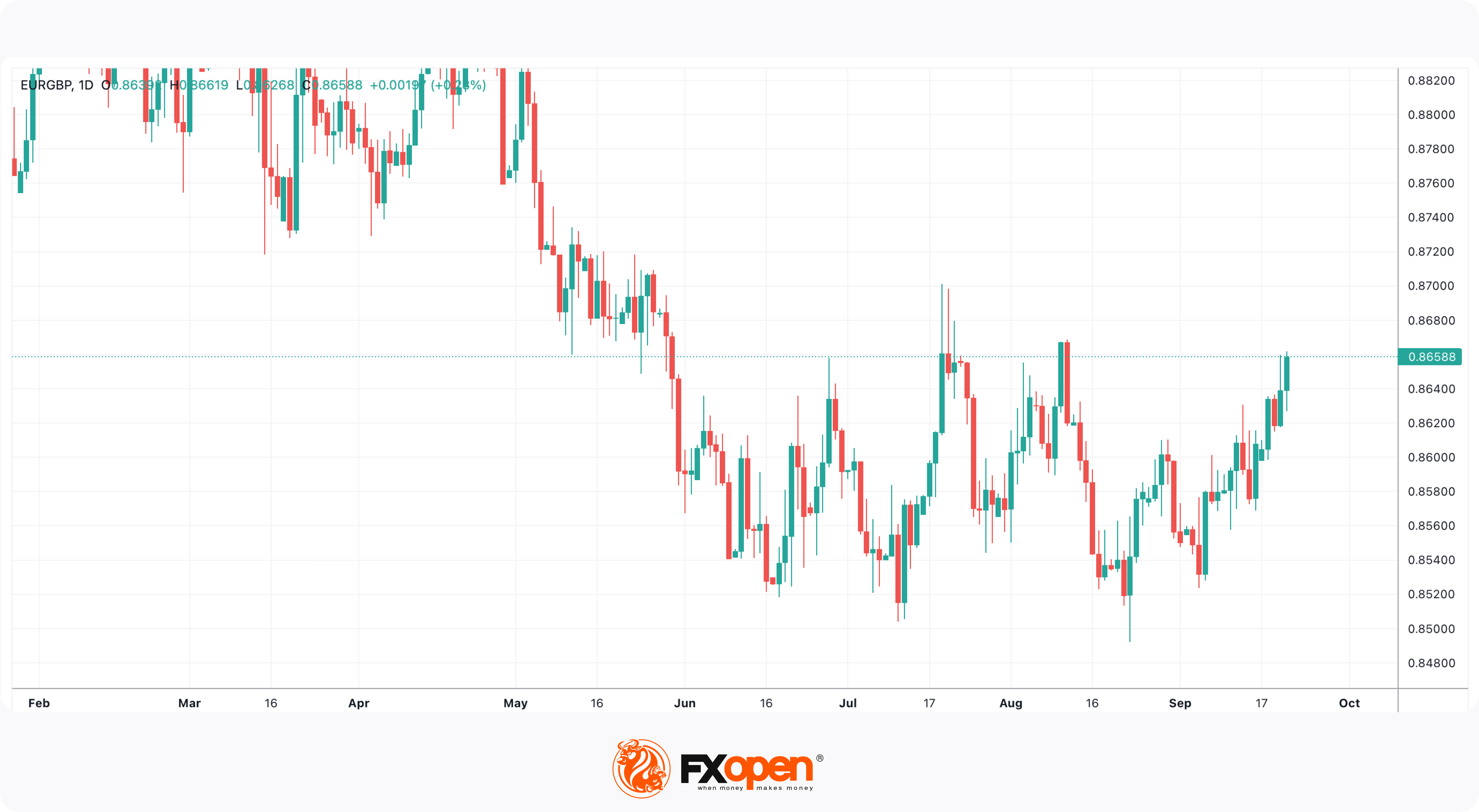Stagflation Speculation: Is the UK Economy Heading for Uncharted Waters?
Amid rising concerns about a potential recession, the term “stagflation” is increasingly being used to describe the UK’s current economic scenario, characterized by conflicting indicators such as high inflation and stagnant growth.

The United Kingdom’s economic landscape has been marred by persistent speculation in recent years, with recurring concerns that it might be teetering on the brink of a recession. While a prolonged cost-of-living crisis and noticeable increases in everyday expenses, including mortgage payments, have taken centre stage, the UK’s economy has not yet plunged into an actual recession. However, as the year unfolds, the term “stagflation” is gaining traction, raising questions about the economic path ahead.
A Volatile British Pound
Throughout the year, the British Pound has experienced significant volatility, spending considerable time on a declining trajectory, particularly against major currencies like the Euro and the US Dollar. However, this trend eventually reversed, leaving British households relatively stable compared to their global counterparts.
While it might be too extreme to label the British domestic economy as being in a recession, some experts have raised concerns about stagflation. Stagflation is a term used to characterise an economy marked by a trifecta of challenges: high inflation, sluggish economic growth, and elevated unemployment rates.
Mixed Signals in UK Data
The past month has presented a puzzle in the form of mixed economic signals in the UK. On the one hand, the economy outperformed expectations in the second quarter, consumer confidence is on the rise, and public borrowing turned out to be significantly lower than anticipated, thanks to robust tax receipts.
On the other hand, real-time economic activity, as measured by purchasing managers’ indices (PMIs), hit their lowest levels since January 2021, sales remained lacklustre, and unemployment figures began to climb.
Economists attribute this rollercoaster of contradictory economic data to stagflation. During such periods, indicators not adjusted for price growth can experience rapid increases.
A clear example of this phenomenon is visible in UK wages, which surged at their fastest rate on record in the three months leading to June. This was accompanied by a high number of job-to-job transitions, reflecting workers’ attempts to shield their finances from the double whammy of soaring inflation and rising interest rates.
While inflation is showing signs of easing, it remains significantly above the Bank of England’s 2% target, registering an annual rate of 6.8% in July—more than three times the desired rate. In real terms, when adjusting for inflation, total wages have barely budged despite robust nominal wage growth. This strong wage performance likely contributed to the notable 5-point increase in UK consumer confidence in August.
Euro Strengthens Against the Pound
Adding an extra layer of complexity to the situation, the Euro has been steadily gaining ground against the British Pound. The EURGBP pair has been approaching psychological resistance levels near 0.8670. Daily chart analysis reveals considerable volatility in this currency pair.
These divergent trends have left market participants puzzled, resulting in fluctuating bond prices and interest rate forecasts. For example, the two-year government bond yield and December rate expectations saw rapid increases following record-high wage growth earlier in the month, only to retreat again after lacklustre sentiment indicators.
Final Thoughts
During a period of stagflation, it is expected that indicators measured in nominal or cash terms, such as wages and tax revenues, will surge at a faster pace than real indicators like PMIs or real GDP growth. This divergence reflects the challenging environment of high inflation and sluggish economic growth—a conundrum that continues to puzzle policymakers and analysts alike as they chart the course forward for the UK economy.
FXOpen offers spreads from 0.0 pips and commissions from $1.50 per lot. Enjoy trading on MT4, MT5, TickTrader or TradingView trading platforms!
This article represents the opinion of the Companies operating under the FXOpen brand only. It is not to be construed as an offer, solicitation, or recommendation with respect to products and services provided by the Companies operating under the FXOpen brand, nor is it to be considered financial advice.










